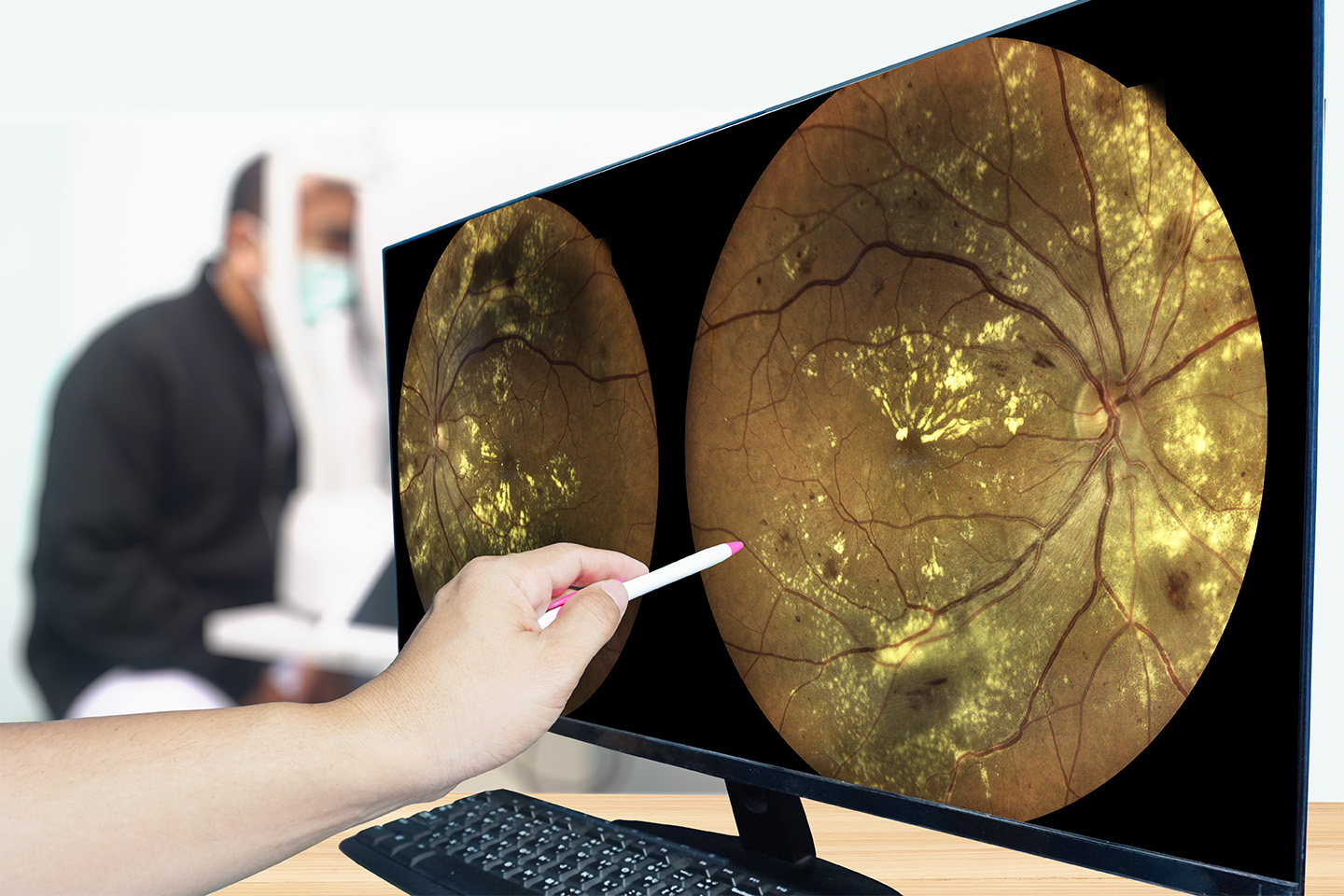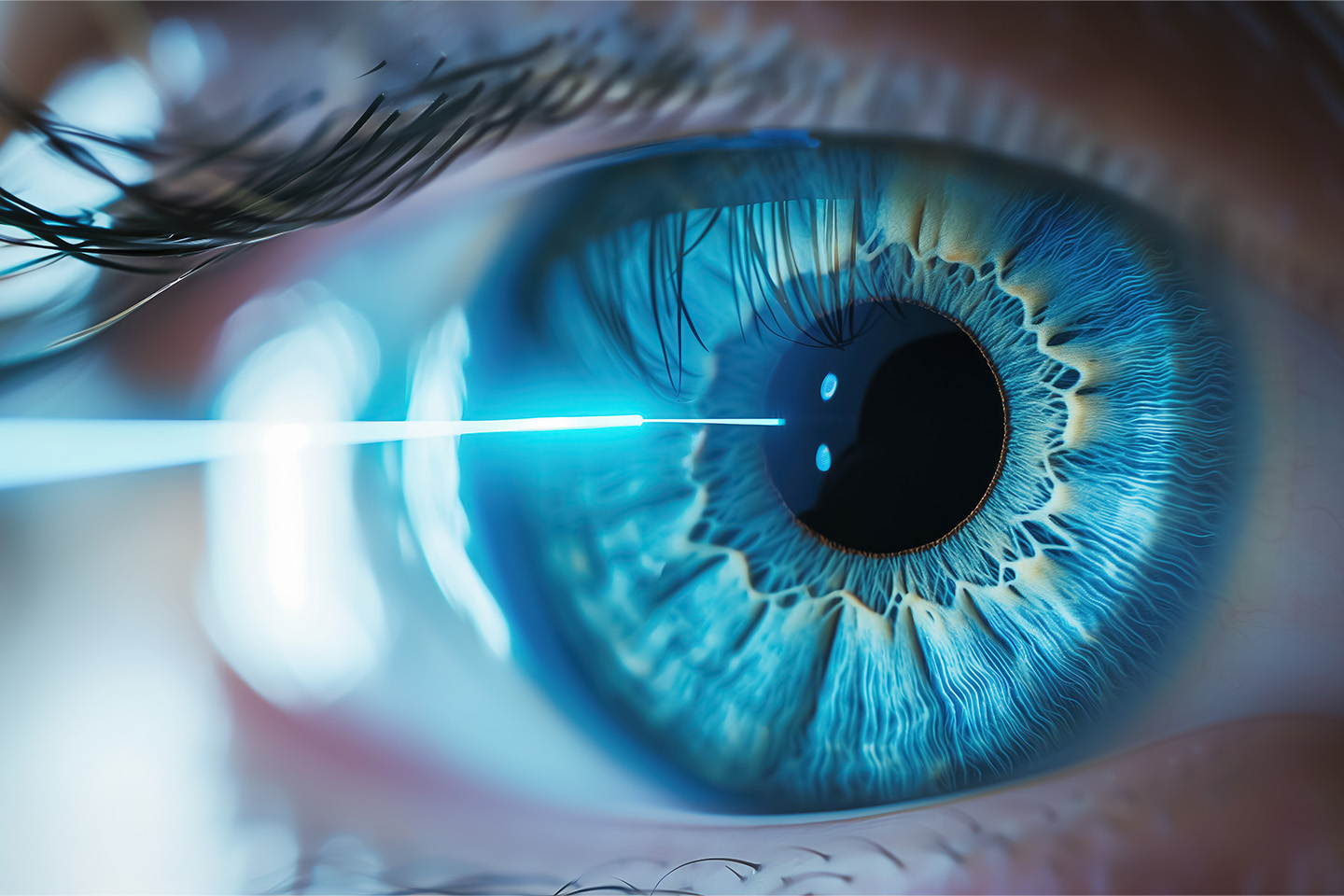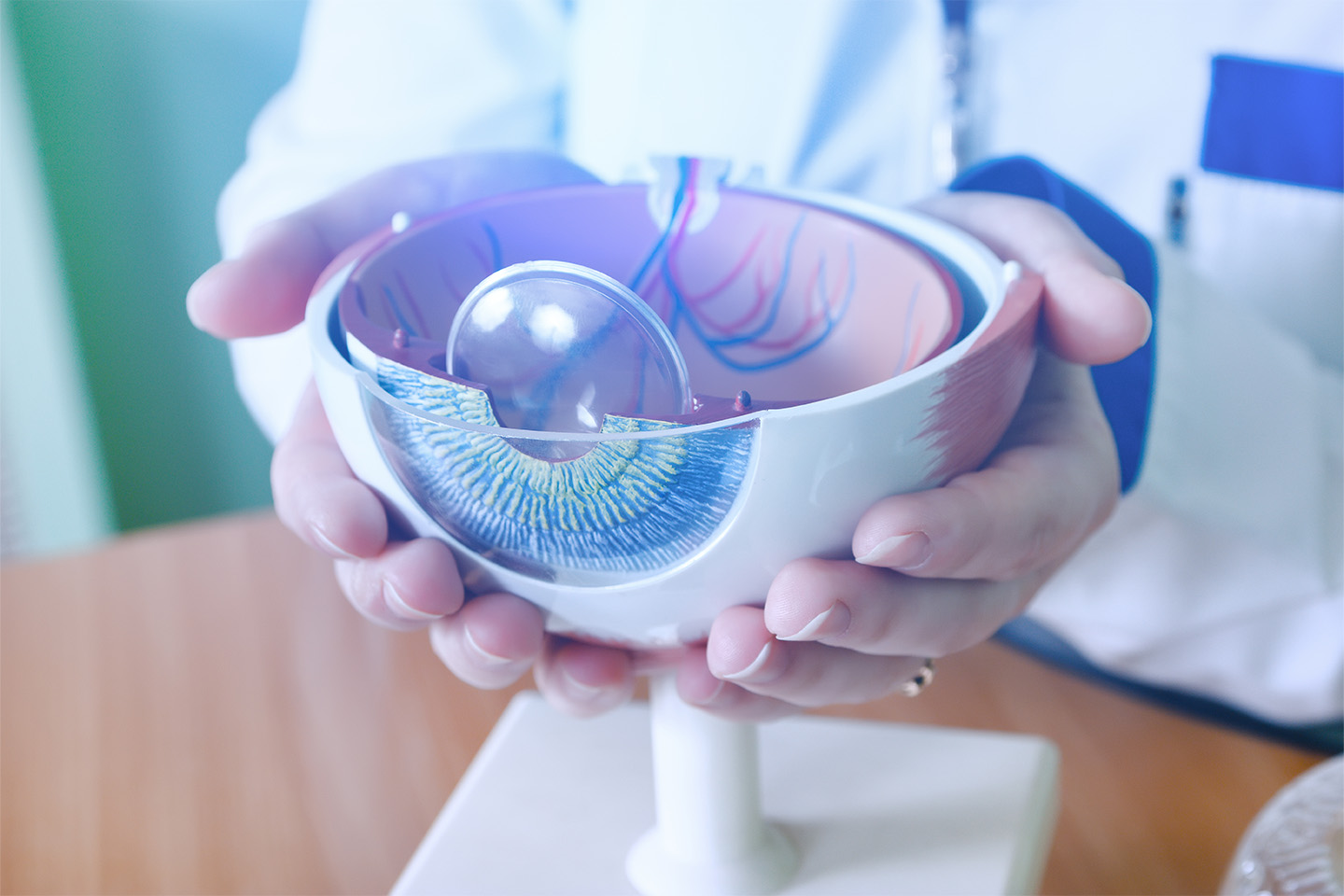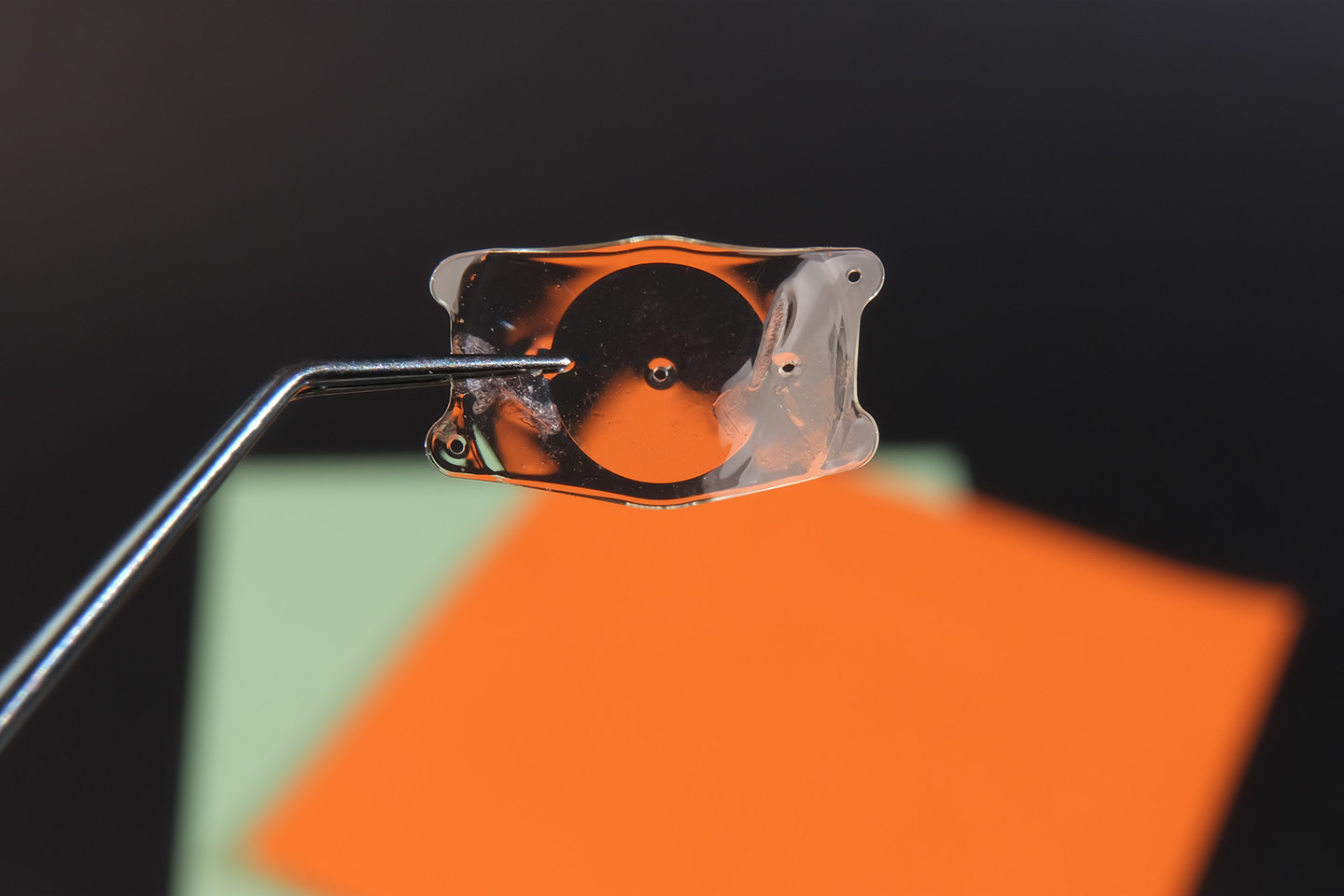Are Contacts and Glasses Prescriptions the Same?
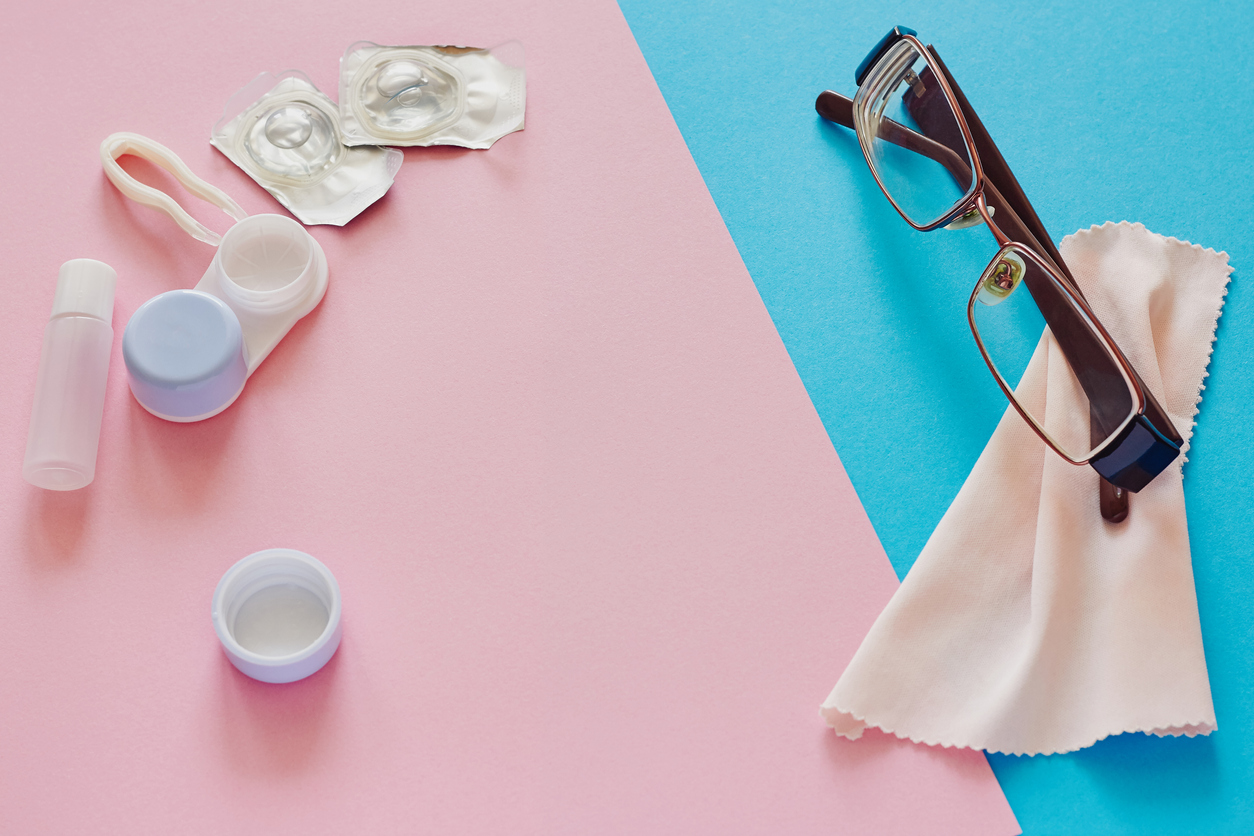
If you wear both contact lenses and glasses, you may have noticed that you have two different prescriptions. Learn more about why that is.
In 2017, VisionWatch reported that 192 million people all over the United States used some form of vision correction, and about 11 percent alternated between glasses and contacts. Contacts are affordable and convenient for people who play sports, while traditional eyeglasses are a fashionable and functional choice.
Both contacts and glasses are effective ways to manage conditions like myopia (nearsightedness) and hyperopia (farsightedness), but did you know that your prescriptions for each are actually different? Here’s why:
Your Two Different Prescriptions
Many people assume that since contacts and glasses perform the same function for your eyes, their prescriptions for both would be the same. After all, your eyes don’t change when you pop in contacts as opposed to when you put on glasses, so why would the prescriptions be different?
However, contacts and glasses prescriptions are actually slightly different because of their distance from your eyes. Eyeglass lenses are placed approximately 12 millimeters away from your eyes, while contact lenses sit directly on your corneas. 12 millimeters might seem like a negligible distance, but that’s enough space to create a difference in prescription strength. For instance, if you tried to use your glasses prescription for your contacts, it would likely be too weak.
Plus, since contact lenses must be made to fit your eyes precisely, contact lens prescriptions come with additional specifications that glasses prescriptions don’t have. The most important factors are:
- Base curve: This measurement refers to the curvature at the back of the contact lens and is determined by the shape of your cornea.
- Diameter: This measurement refers to the overall size of the contact lens.
- Lens brand: Different contact lens brands have different degrees of breathability, which is especially important for people who want long-wear contact lenses or occasionally forget to take them out before they fall asleep.
Your eye doctor has to get your contact lens prescription just right, so they’ll give you an eye exam and a separate contact lens fitting in order to ensure that you get the most accurate prescription.
Update Your Prescription Yearly
Still, contact lens and glasses prescriptions are similar in that they both require routine eye exams in order to be most effective. Eye exams are the best way to monitor vision problems, and they also ensure your prescription is up-to-date and that you continue to see clearly as your eyes change. It’s especially important to get your contact lens prescription checked regularly because contacts can harm your eyes if they don’t fit properly.
Eye care professionals recommend getting annual updates to both your glasses and contacts prescriptions in order to keep your vision sharp. If you have children, make sure they never have to squint at the board during class by scheduling eye exams in August or September. For yourself, the new year is a great time to touch base with your optometrist and get fitted for a fashionable new pair of glasses or a fresh pair of contacts.
Ready for your yearly eye exam? Reach out to the team of optometrists at ICON Eyecare today! After your comprehensive eye exam, your eye care professional will explain the details of your prescription and offer tips on how to keep your eyes — behind glasses or contacts — healthy for years to come.
[DISPLAY_ULTIMATE_SOCIAL_ICONS]

